How does the CS2 ranks and rating system work? Competitive Counter-Strike is drastically changing in CS2 to create a more streamlined experience depending on how you prefer to play the game. There are now two forms of ranked play in CS2: Competitive and Premier.
Unlike CSGO, your rank is split depending on the mode you’re playing in Counter-Strike 2. Don’t worry if you’re a Global Elite-level player; as long as you continue to play well on the CS2 maps you should end up exactly where you deserve to be in the FPS game. Valve has removed the option to pick short or long games, instead, they’ve settled on MM24 to get directly to the action. Here’s what you need to know about the rank and ratings system in CS2.
Ranks in Competitive mode
Unlike Premier, Competitive mode allows you to pick your favorite maps and queue into them. The classic CSGO ranks reappear in this mode, giving you a chance to go from Silver to Global Elite on each Active Duty map.
In CSGO, you could reach as high as Distinguished Master Guardian after just ten games. Reddit user _At424 reached Nova 2 after winning ten games in a row, but there appear to be other factors at play. Playing in a group has an impact on your rank, as does your performance in each game. If you’re playing with people who are considerably better than you, Valve may account for that by slowing your progression.
We should point out that Competitive mode is the only place where you can play with a party of four. Valve has forbidden four-stacks from playing Premier mode, meaning you’re locked out unless you can find another person to join your group, or you kick someone from your party. We don’t understand why Valve has introduced this restriction, but the community has theorized that it’s because four-stacks have too much power against the random person on their team.
For example, if you’ve spent thousands of hours on Dust 2, you might end up in Global Elite for that specific map. Likewise, if you never play Vertigo, your rank most likely won’t be as high as your Dust 2 rank. Once you learn the map and pull your win rate up, it won’t take long before you start rising through the ranks.
In the Counter-Strike 2: Beyond Global video, Valve suggests Competitive is a great way to develop your map pool knowledge before heading to Premier mode. With seven active duty maps to learn, you’re going to want to play on every map at least once to ensure you and your team don’t have any obvious blind spots.
CS Rating in Premier mode
Premier mode is the latest way to play competitive CS2, forcing players to pick and ban active duty maps before they start the match. This encourages players to study every map before heading into Premier, or else they may be forced to waste a ban pick on an underplayed map. If you enjoy obscure active-duty maps like Vertigo and Ancient, you can use this to your advantage by banning the most played maps.
When you finish winning ten placement matches in Premier, you’re given a CS Rating instead of a rank. This number represents your position on the global Counter-Strike 2 leaderboards, showing you precisely where you belong among the best in the world. Three leaderboards show your position across your friends list, region, and globally. The categories are split into your overall rating, number of wins, win rate, and position based on a percentile.
Your ranking moves every time you play a match, so there’s no confusion about what rank you deserve to be in. The ELO system in CSGO made it tricky to know how many wins you were away from a rank-up, but the CS Rating ends that mystery. The Arms Race update that launched on February 7 stops players from grouping up as a five-person stack with one unranked player. That only applies to someone who has never achieved a rank, not someone who has lost their rank due to decay.
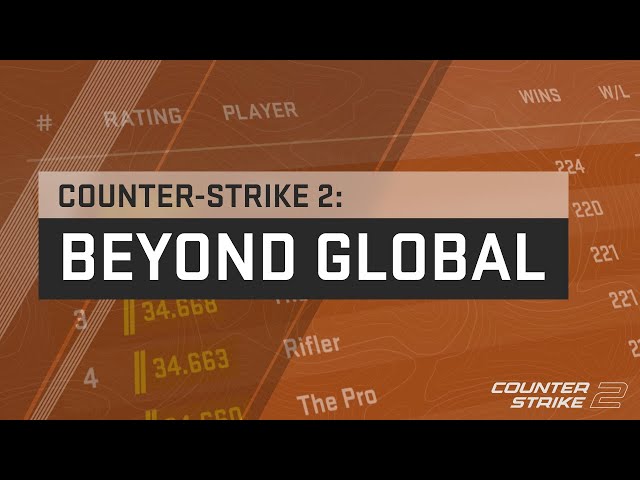
CS Rating rank equivalent
Once you obtain your CS Rating, you may be surprised about your initial placement, depending on how much of a win streak you went on. If you never went on a winning streak during your placement matches, there’s a good chance you ended up in the lower range of ranks. First, it’s important to remember what the full range of CS ranks are.
Here’s a list of every CS2 rank:
- Silver 1
- Silver 2
- Silver 3
- Silver 4
- Silver Elite
- Silver Elite Master
- Gold Nova 1
- Gold Nova 2
- Gold Nova 3
- Gold Nova Master
- Master Guardian 1
- Master Guardian 2
- Master Guardian Elite
- Distinguished Master Guardian
- Legendary Eagle
- Legendary Eagle Master
- Supreme Master First Class
- Global Elite
Here’s a breakdown of your CS Rating rank equivalent:
| Rating and Color | Rank Equivalent |
| 1,000 – 6,768 (Gray) | Silver 1 to Silver Elite Master |
| 6,769 – 11,178 (Light Blue) | Gold Nova 1 to Gold Nova Master |
| 11,179 – 14,588 (Dark Blue) | Master Guardian to Master Guardian Elite |
| 14,589 – 18,156 (Light Purple) | Distinguished Master Guardian to Legendary Eagle Master |
| 18,157 – 20,000 (Purple) | Supreme Master First Class |
| 20,001+ (Dark Purple) | The Global Elite |
As you can see, you’re going to have to earn a decent CS Rating if you want to break out of the silver ranks. Don’t worry if you happen to earn a low rating after you finish your placement games. Once you win another ten games, you should find that your rating is much higher than before, especially if you genuinely ended up in the wrong rank.
Our source comes from Leetify — they have analyzed the rank distribution sampled from 2.2 million active players in September 2024 to create this data set. The rating boundaries can fluctuate depending on how many people are playing, but generally, the ranges you see above are what you should expect in-game.
And there you have it, all the changes made to ranks and ratings in Counter-Strike 2. Once you’ve recreated all of your best CS2 binds, you’re going to be ready to tackle Competitive and Premier in CS2. Don’t forget to check out our CS2 skins transfer guide, as well as the best CS2 settings to ensure they’re looking their best in the Source 2 engine.
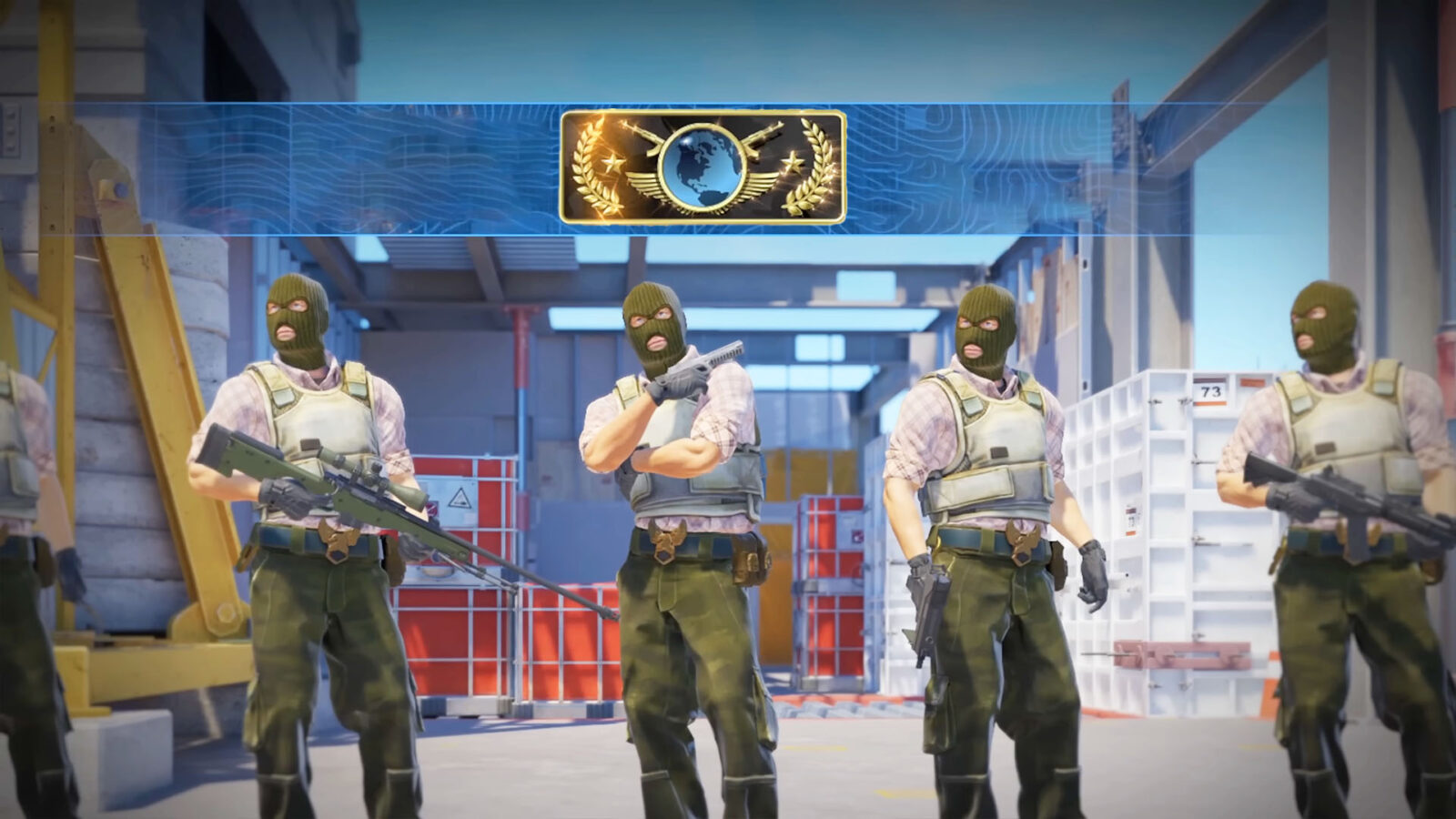

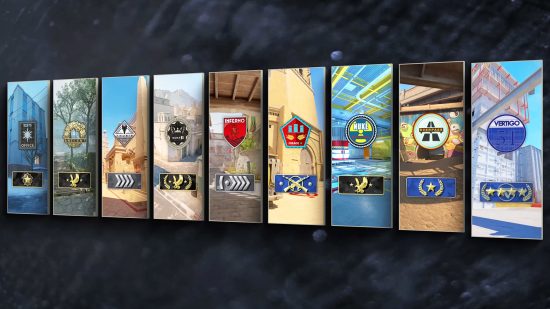

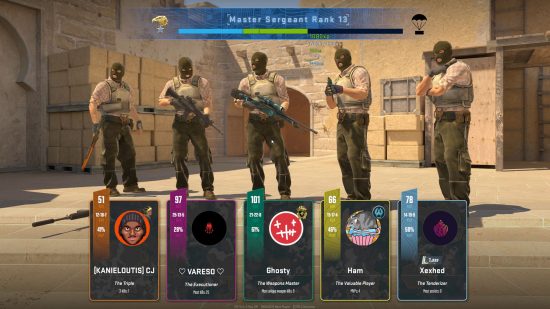

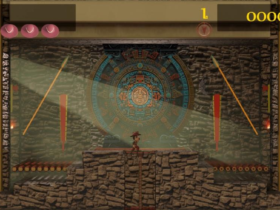
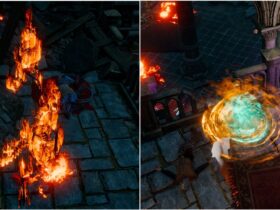
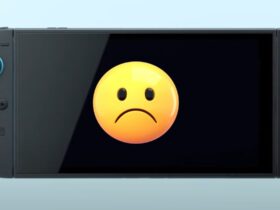
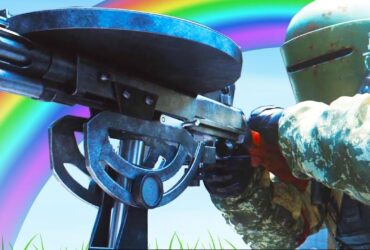
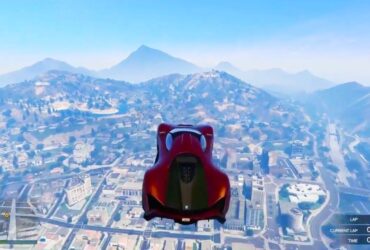
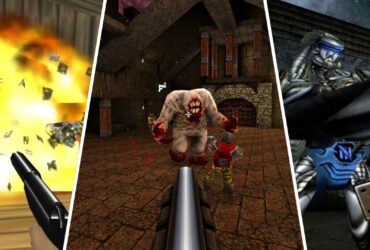
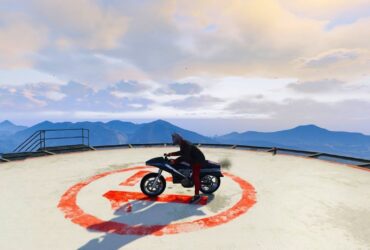


Leave a Reply